Back to the simplicity of bach life in summer…
On New Year’s Day we hopped on a bus downtown, then a ferry across the Waitemata Harbour to Rangitoto Island for a stay in Bach 52, five minutes walk from the wharf.
Bach 52 is another small 1920s bach which has been lovingly restored to near-original condition by the Rangitoto Island Historic Conservation Trust and is now available for renting through the Trust and through Bookabach as well.
The bach is nestled in scoria below old pohutukawa trees, across the road from a little rocky inlet between mangroves, where we swam each day.
Its basic facilities include a double bed and five singles, a range of 1920s chairs, tables and books, an outside toilet, shower and water tank, and capacious cupboards and shelves of period crockery, pots and cutlery.
Concessions to modern technology are a modern 2-ring gas cooker, solar lighting and a cellphone charger, and a large solar-powered chilly bin.
Lovely times for us included a cuppa with next-door neighbours whose families have been coming to their beloved island bach for five generations, the sound of afternoon rain pattering on the corrugated iron roof, the songs of tui, tieke, riroriro, and piwakawaka in the trees around, and a game of scrabble one night.
During the day there are many options for walking on the island. We did the 2-hour return climb to the tihi of the maunga, coastal walks east and west, and botanical wanders through the exquisite Kidney Fern Glade and the Kowhai Grove.
It is astounding to see the gradual revegetation of this originally bare volcanic scoria cone, which erupted around 600 years ago. The pohutukawa forest is now the biggest in the country, with its largest trees over 200 years old, and more than 200 species of other native plants are now well-established. On-going work by DOC, ARC and Mana Whenua is reducing exotic plant pests, and the extensive trapping programme, supported also by locals over many years, has removed possums, rabbits , rats, feral cats and hedgehogs introduced by early Pakeha settlers, and continues to catch invaders.
We feel huge gratitude for the generosity of the 13 Mana Whenua groups of Tāmaki Makaurau who have vested the island in the people of Aotearoa , while retaining their status as Mana Whenua. And we look forward to the time when Ngai Tai organise guided tours of Te Rangi-i-Tōtōngia a Tamatekapua and its neighbouring Motutapu.
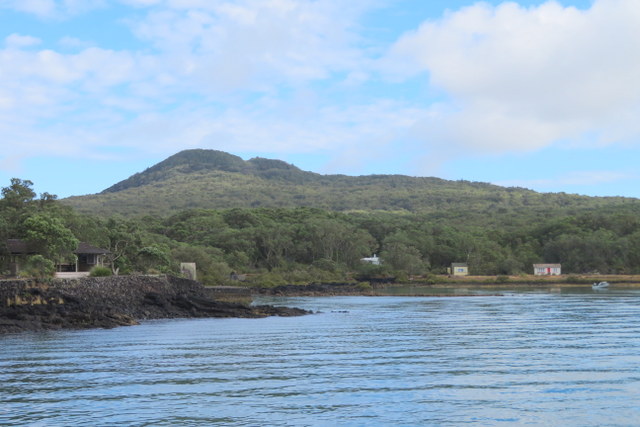
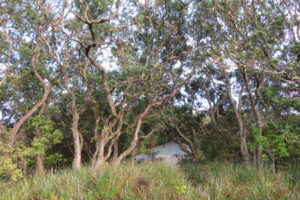
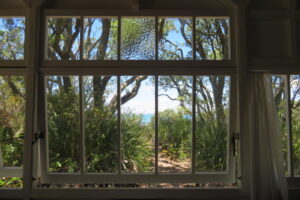
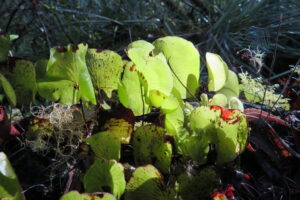
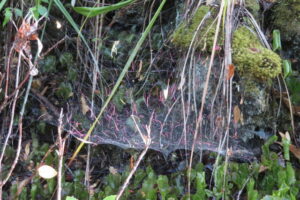
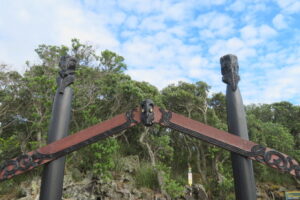
 Earthsong Eco Neighbourhood
Earthsong Eco Neighbourhood Public Good
Public Good
Speak Your Mind